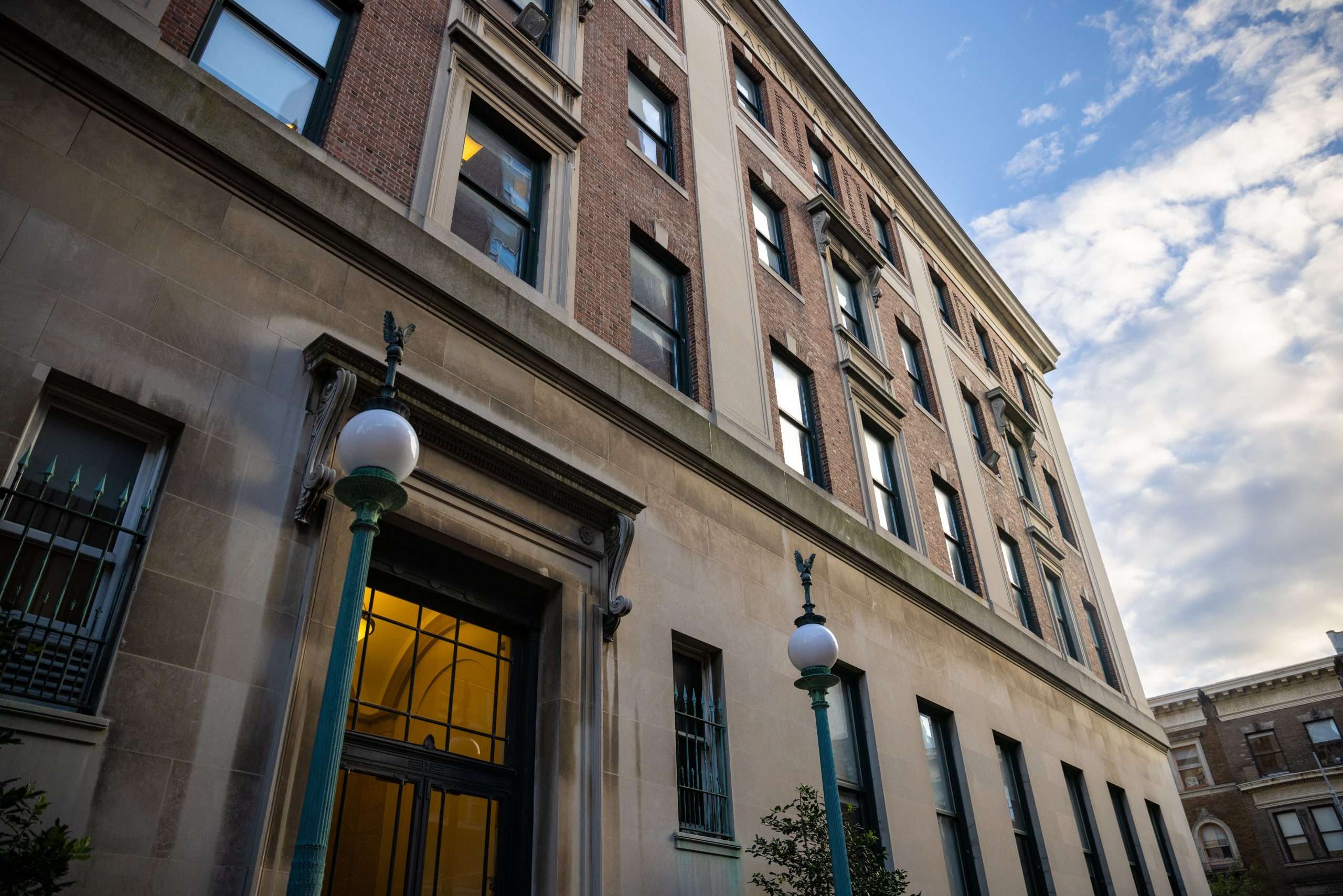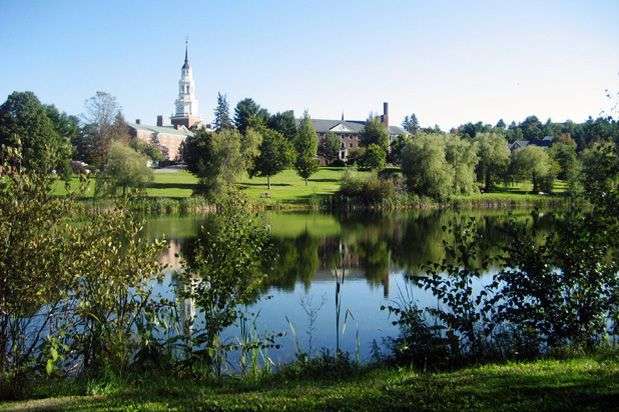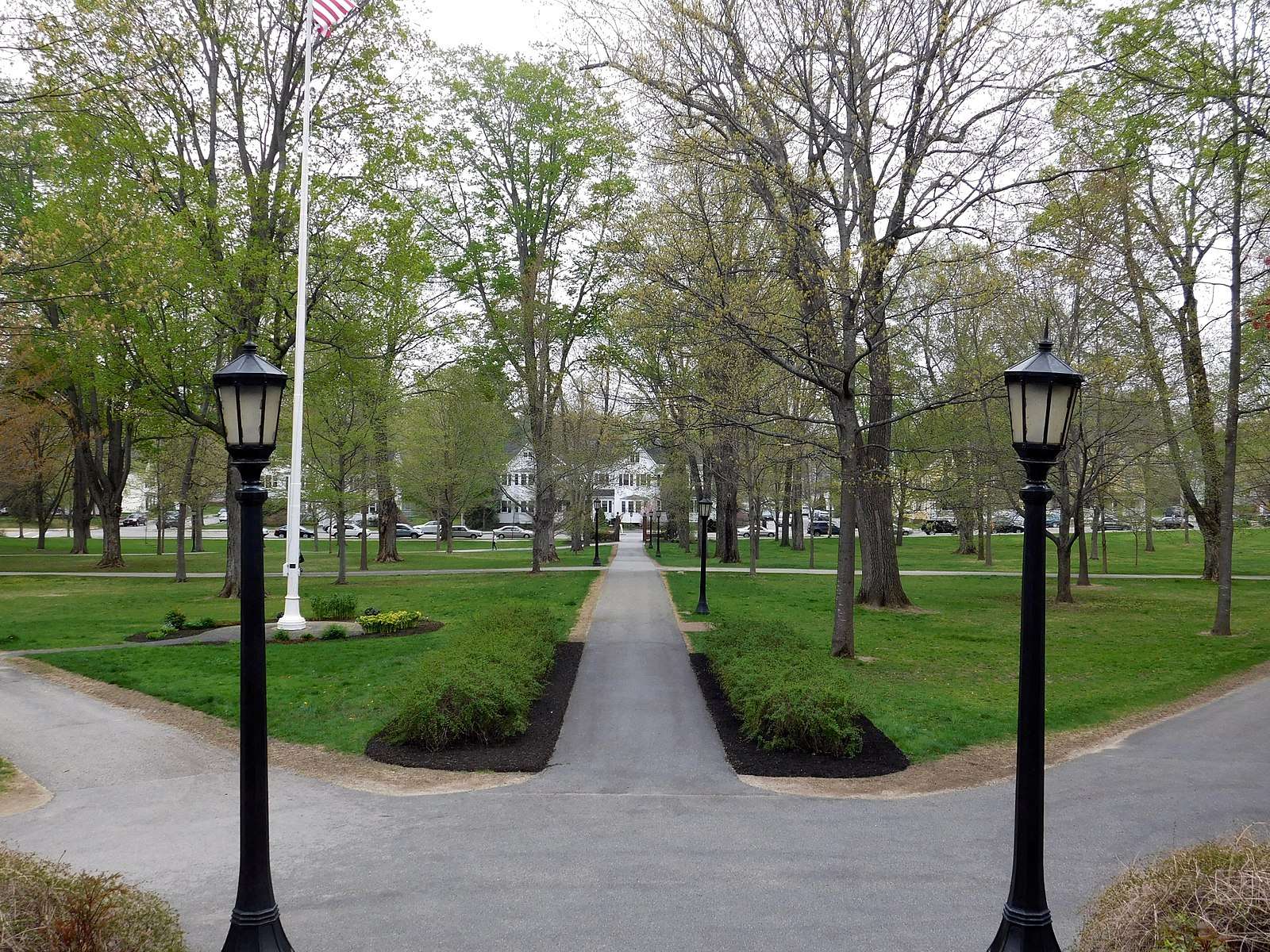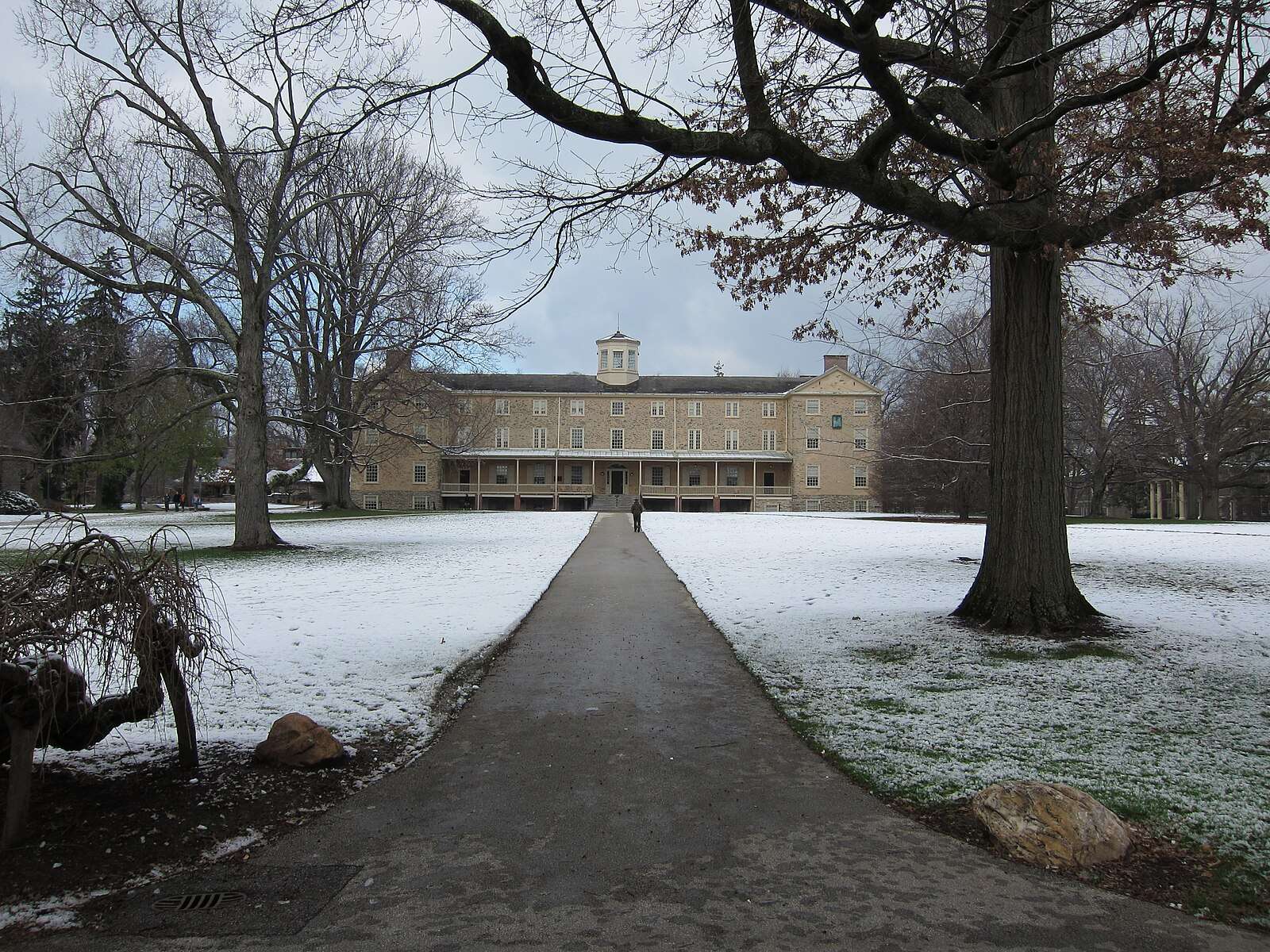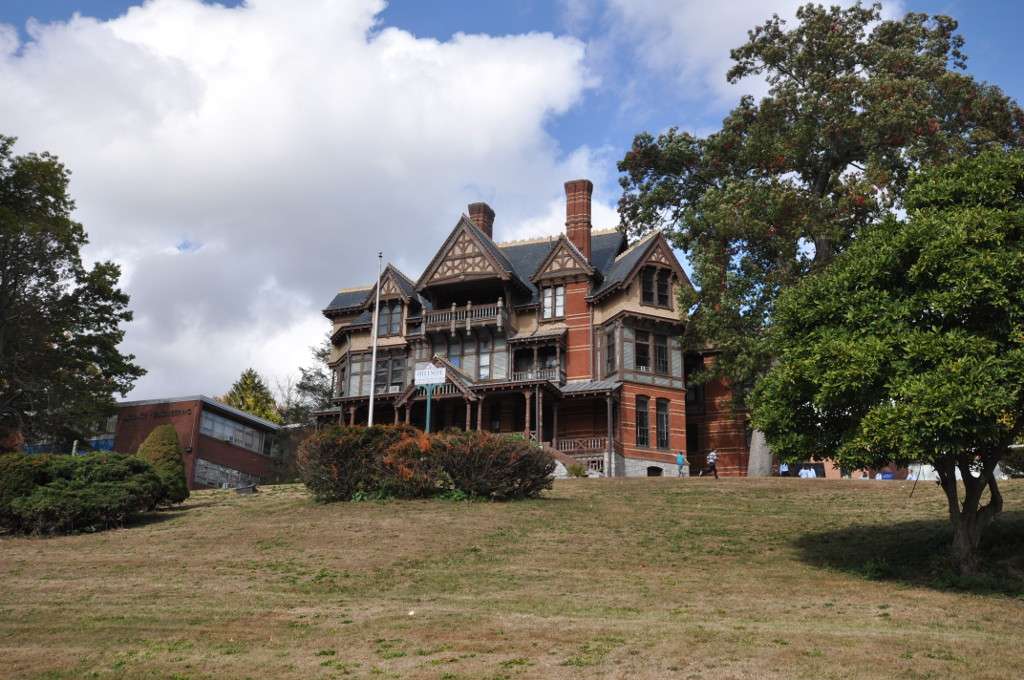The Ivy Coach Daily
Top 25 Liberal Arts Colleges in 2024
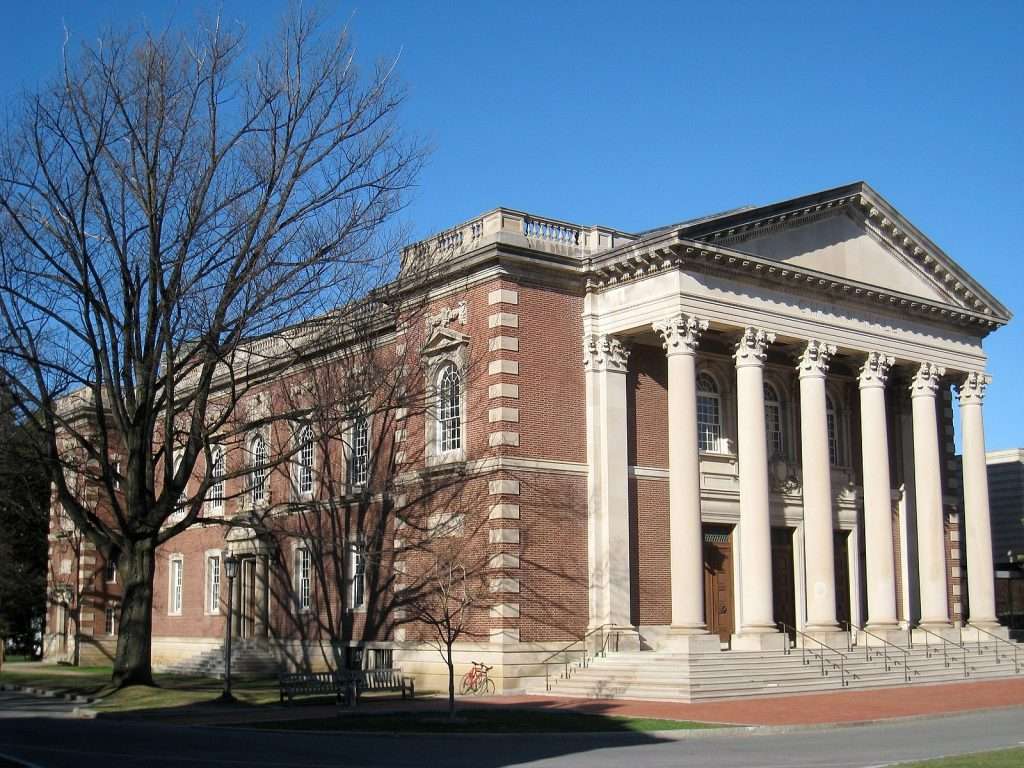
Liberal arts colleges provide undergraduates with a uniquely American educational experience that eschews an overly technical or pre-professional approach to teaching for a traditional focus on, you guessed it, the liberal arts!
What Is a Liberal Arts College?
Liberal arts colleges are typically small in size, highly residential, and while some may house small graduate programs on campus, most liberal arts colleges exclusively emphasize undergraduate education. Because of their size and structure, many of these colleges offer experimental curriculums that can, over the years, become something of a pedagogical brand or trademark with which a given school is identified. Most liberal arts schools offer instruction in some pre-professional disciplines, like computer science, but traditional disciplines like the social sciences and humanities are where they really excel.
What Are the Top 25 Liberal Arts Colleges in the U.S.?
The following are the 2024 top 25 liberal arts colleges in the United States as ranked by US News & World Report
| College/University | 2024 US News Rank (“Best Liberal Arts Colleges”) |
| Wiliams College | #1 |
| Amherst College | #2 |
| United States Naval Academy | #3 |
| Pomona College | #4 |
| Swarthmore College | #4 |
| Wellesley College | #4 |
| United States Air Force Academy | #7 |
| United States Military Academy at West Point | #8 |
| Bowdoin College | #9 |
| Carleton College | #9 |
| Barnard College | #11 |
| Claremont McKenna College | #11 |
| Grinnell College | #11 |
| Middlebury College | #11 |
| Wesleyan University | #11 |
| Davidson College | #16 |
| Harvey Mudd College | #16 |
| Smith College | #16 |
| Vassar College | #16 |
| Colgate University | #21 |
| Haverford College | #21 |
| Washington and Lee University | #21 |
| Bates College | #24 |
| Colby College | #25 |
| University of Richmond | #25 |
If There is One Thing Liberal Arts Colleges Love, It’s a Consortium!
The list of top 25 liberal arts colleges reveals some surprising and not-so-surprising names, and many of these top schools are members of academic consortiums. Famous liberal arts consortiums include: the Seven Sisters, the first women’s colleges in the U.S.; the aptly-named Colby-Bates-Bowdoin Consortium of Maine fame; the Tri-College Consortium that sits along the Main Line of Pennsylvania; and the Claremont Colleges in Pomona Valley. Colleges within a consortium often let students cross-register for classes at partner institutions, share facilities, and adopt similar educational practices or specialities (e.g. the Association of Military Colleges and Schools of the U.S. [AMCSUS], which groups together the nation’s military schools).
In a broader sense, consortiums afford liberal arts colleges the opportunity to pool their resources and achieve a collective prestige that rivals that of private research universities, creating a semblance of a community with far more people. College counterparts within a consortium are typically athletic and historical rivals, contributing at once to a shared sense of culture, tradition, and good natured opposition.
The Pros and Cons of Attending a Liberal Arts College
What are the Advantages of Liberal Arts Colleges?
Some students at Ivy League schools and other elite research universities are shocked to learn how much of the teaching is done by graduate course assistants, by absent-minded professors who seem like they have better things to do (their research), or worse, by a student’s own self-directed study. This is not the case at the liberal arts colleges. They excel at teaching. The classes are smaller, the instruction is more individualized, and the faculty are less focused on their own research. Most of the schools on this list boast extensive library systems, superb research facilities, and diverse study abroad programs.
Students and faculty at liberal arts colleges report higher quality of life, fewer competitive pressures, and a greater sense of belonging. And it is understandable why! Removed from the pressure cooker environment of the elite institution rat race, liberal arts colleges are free to focus on holistic aspects of the undergraduate experience that make for alumni with an incredible pride and adoration for their alma mater.
What are the Disadvantages of Liberal Arts Colleges?
Even though they have long histories of academic excellence and rosters of impressive alumni, liberal arts colleges lack the name recognition of prestigious research universities. This is especially the case on the international scale. Graduates of U.S. liberal arts colleges may find more difficulty securing coveted employment opportunities overseas. Lack of name recognition also leads to talented students passing these schools over. Acceptance rates at top liberal arts schools are beginning to rival that of Ivies and other comparable research universities, but they still do not necessarily draw the most ambitious, career-minded students.
The schools on this list are mostly located in rural or semi-rural areas, and contain student bodies in the low thousands. This combination can lead some to experience isolation or a perceived lack of community, which is especially the case for students who are members of minority groups. Schools like Barnard College are set in urban environments and operate under the umbrella of a wider university, but these are the exception, not the rule.
Should You Apply to a Liberal Arts College?
The liberal arts lifestyle is not for everyone, but at Ivy Coach, we make sure these schools do not get passed over. They are the hidden gems of American higher education. Without question, the top liberal arts colleges in the nation produce some of the most well-educated and intellectually curious alumni in the world!
You are permitted to use www.ivycoach.com (including the content of the Blog) for your personal, non-commercial use only. You must not copy, download, print, or otherwise distribute the content on our site without the prior written consent of Ivy Coach, Inc.
TOWARD THE CONQUEST OF ADMISSION
If you’re interested in Ivy Coach’s college counseling, fill out our complimentary consultation form and we’ll be in touch.
Get Started